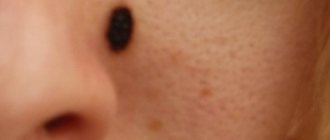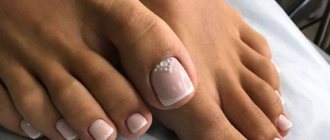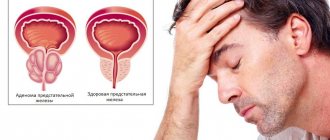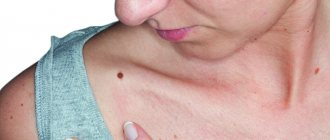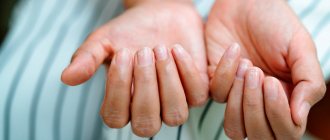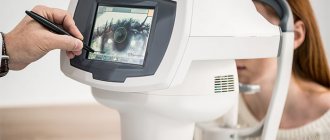Subungual melanoma is one of the rarest forms of malignant neoplasms. It develops in the area of the nail bed, at first it looks like a dark or black spot or stripe, the size of which gradually increases, affecting the nail fold, the phalanx bone and its soft tissues. The tumor is prone to an aggressive course, and the results of treatment to date leave much to be desired.
- Causes of development of subungual melanoma
- Symptoms of subungual melanoma
- Classification
- Diagnostic methods
- Treatment of subungual melanoma
- Complications
- Prevention of subungual melanoma
- Prognosis for subungual melanoma
Causes of development of subungual melanoma
Unlike all other malignant skin tumors, with subungual melanoma, excessive insolation plays virtually no role as a provoking factor in the development of the disease. This is confirmed by the fact that the tumor more often affects the toes, which are almost constantly covered with shoes. In addition, epidemiological data indicate that subungual melanoma is 40% more common in representatives of the Negroid and Mongoloid races.
Possible risk factors for the development of melanoma in this localization include:
- Mechanical injury to the nail. About a third of patients with an established diagnosis noted a history of mechanical damage to the nail phalanx. Most often, this affects the toes, as well as the thumb and index fingers of the working hand. In addition, cosmetic and surgical interventions that are performed for various nail diseases can provoke melanoma.
- Physical injuries - frostbite and burns, use of laser to treat or remove damaged nails.
- Exposure to chemical carcinogens on nails. About 10% of patients had prolonged contact with chemicals (occupational hazard).
- Hereditary factor. About 5-14% of melanoma patients have genetic defects, in particular mutations in the CDKN2A, CDK4, MITF, VC1R genes.
- A large number of dysplastic nevi. In the vast majority of cases, the development of subungual melanoma occurs de novo, i.e., on unchanged tissues, but the risks of its development are higher in individuals with a large number of pigmented dysplastic nevi.
- Age over 60 years.
Among Caucasians, predisposing risk factors for developing melanoma are: fair skin, red hair, and the presence of freckles.
About nail melanoma
Nail melanoma is an aggressive tumor that forms from cells that produce natural pigment. The disease is common among Hispanics and blacks. In them, it develops against the background of melanonychia (deposition of pigment cells in the nail plate). The proportion of clinical cases among Europeans is only one percent of the total number of patients.
Gender does not matter for melanoma. Children get sick extremely rarely. Most often, acral melanoma affects exposed areas of the skin, as well as its appendages (nails). The appearance of a tumor on the mucous membranes and on the retina of the eye occurs extremely rarely.
